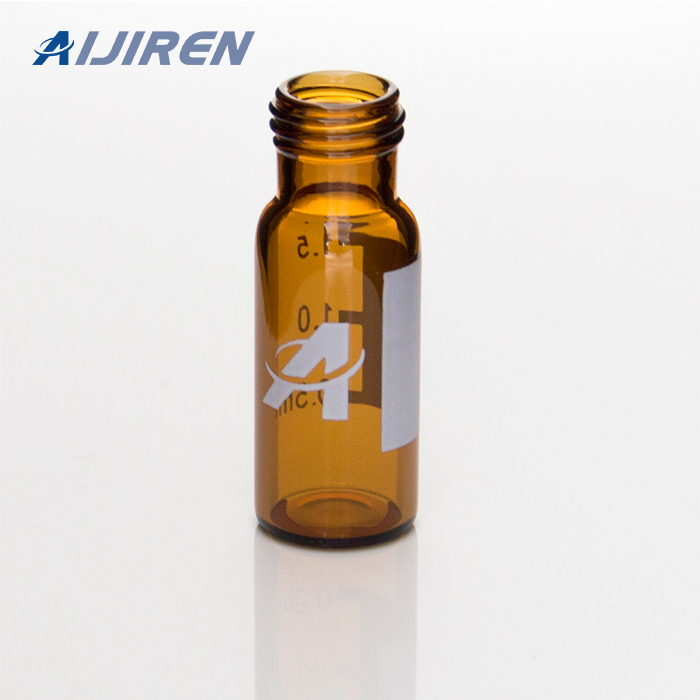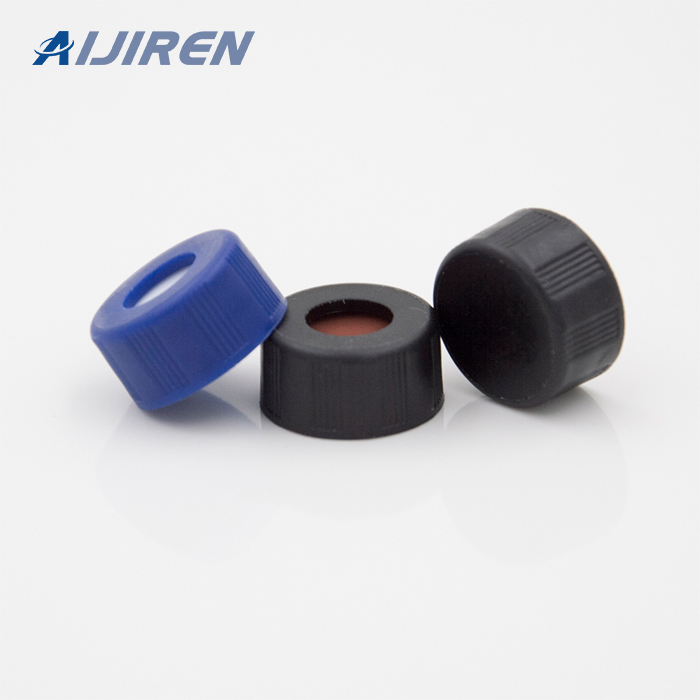








Dec 1, 2021 · Over the years, PFS have become well-established in medicine thanks to their many benefits. PFS are ready to use as they are prefilled during the fill and finish operation at pharmaceutical companies, under Good Manufacturing Practices (GMPs) quality controls. They are filled with the right dose required for one individual vaccination.
analysis. FIGURE 3. Structure of melamine, cyanuric acid, ammelide, and ammeline. Methods The sample preparation and analysis has been performed with the TriPlus RSH autosampler coupled with a TRACE 1310 Gas Chromatograph and a TSQ 8000 triple quadrupole mass spectrometer. The data were collected and processed with Aijiren Tech™ Xcalibur
Jun 30, 2021 · Ultraviolet-visible (UV-Vis) spectroscopy is a widely used technique in many areas of science ranging from bacterial culturing, drug identification and nucleic acid purity checks and quantitation, to quality control in the beverage industry and chemical research. This article will describe how UV-Vis spectroscopy works, how to analyze the output data, the technique's strengths and limitations
Jun 22, 2020 · To successfully quantify low-level analytes, choosing a high-quality, pre-processed glass vial becomes a crucial determinant, more important than the instrument itself. The quality of glass vials, although seemingly minor, can have dire consequences on patient care through applications in clinical and translational laboratories.
Nov 11, 2016 · Chromatography methods based on partition are very effective on separation, and identification of small molecules as amino acids, carbohydrates, and fatty acids. However, affinity chromatographies (ie. ion-exchange chromatography) are more effective in the separation of macromolecules as nucleic acids, and proteins.
Jun 20, 2023 · Micro vial inserts, often used in conjunction with insert vials, have revolutionized this aspect of HPLC analysis by providing a range of benefits that enhance precision, minimize sample loss, and optimize workflows. Enhancing Precision with Insert Vials in HPLC. Insert vial HPLC refers to the practice of employing vials that contain micro vial
Mar 22, 2023 · The use of chromatography vials in food analysis is critical in ensuring the quality and safety of food products. They prevent contamination and ensure accurate and reliable results. High-quality
Oct 6, 2022 · Lower costs. Higher data quality can also help to reduce costs within an organization. When data is accurate and complete, organizations spend less time and money on things like reprinting product
The vials contain the lowest levels of extractable metals and leachables to ensure consistent, reproducible sensitivity and selectivity for the most challenging analytes. The septa are conditioned to provide the lowest level of chromatographic extractables. 2 mL Glass Crimp Top Vials. 2 mL Glass Screw Top Vials. 2 mL Glass Snap Top Vials.
As reported previously, some types of glass vials can lead to in-vial chemical changes of the API. 1–5 Wallace notes that even small quantities of particulate matter on the surface of the vials can have an effect on data quality, including but not limited to irreproducible results or sample loss due to adsorption. 2 Arvary and Mangion
Jan 25, 2021 · Furthermore, this form of drug delivery system ensures efficiency and greater convenience. Benefits of prefilled syringes are: Elimination of overfill of expensive drug products, therefore reducing waste. Elimination of dosage errors, since the exact amount of a deliverable dose is contained in the syringe (unlike a vial system). Ease of
May 12, 2023 · Bonded cap chromatography vials are a type of vial featuring an attached bonded cap and septa attached via an adhesive bonding process to form a strong seal, eliminating contamination risks while
Jan 14, 2022 · 1. Equilibration – As a first step, the stationary phase is washed with the start buffer (initial buffer composition) until the baseline is stabilized and eluent pH remains constant. This step ensures that the ionizable groups on the column are available to interact with the charged analyte molecules. 2.
May 12, 2022 · Preparative chromatography is one of the most common and important purification techniques in organic chemistry and is employed in laboratories across the globe. In order to facilitate student proficiency with the method, a unique approach for the separation of estragole, ethyl cinnamate, and cinnamyl alcohol using microscale preparative flash column chromatography and gradient elution has
Jun 15, 2020 · Figure 12.3. 3 shows one possible approach for the liquid chromatographic separation of a mixture of substituted benzoic acids. Because the retention time of a compound’s weak acid form and its weak base form are different, its retention time will vary with the pH of the mobile phase, as shown in Figure 12.3. 3 a.